Terror and terrace have different etymologies, but in Paris they’ve recently become synonymous. Local café culture, as we knew it, might be a thing of the past. Weeks after the attacks of November 13, patches of pavement, once littered with cigarette butts, are still strewn with tiny commemorative candles.
Smoking can kill you.
Lighting up a cigarette at a terrace café, a relaxing ritual so many Parisians took for granted, is today an act of defiance. Anti-smoking bans—and now terrorists—have eroded the appeal of the sidewalk nicotine buzz. Adding insult to injury, less than a week after the senseless murders, the French National Assembly voted to outlaw distinctive cigarette packaging, making neutral, featureless packs mandatory.
Brand imagery can kill you.
In France, one beloved brand did the most damage: Gauloises. Its electric blue pack, emblazoned with a drawing of a winged helmet, was plain yet elegant, understated yet handsome. In the 1950s, French men and women allegedly consumed more than one billion Gauloises packs a month—most on them while sitting at terrace cafés.
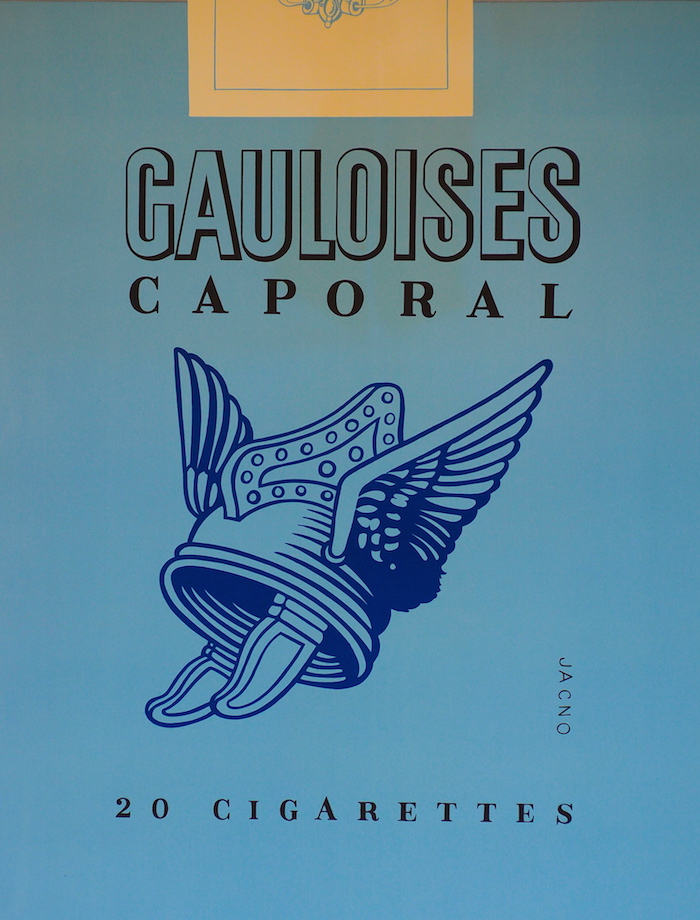
Hemingway, Sartre, and Picasso chain-smoked unfiltered Gauloises at the terrace of the Deux Magots brasserie. This was a time when you couldn’t imagine being a real artist unless there was smoke in your eyes—your itchy, squinty, burning eyes—eyes stung by the painful memories of two world wars.
Originally, Gauloises did wonders for the morale of men in uniform. Tobacco is a mood enhancer. First distributed in plain brown wrappers to soldiers trapped in the trenches of World War I, the cigarettes were repackaged in the 1930s for French civilians. But in the mind of smokers, the Gauloises never lost their trooper persona. During the Second World War, Gauloises hung from the lips of members of the underground Resistance movement.
The designer of the famous Gauloises pack was Marcel Jacno (born Jachnovitch). In 1936, he had updated the old army pack and turned it into a successful brand. A prolific theater poster designer (see below), he is best known for his work for the Avignon Festival. He had been a member of the Resistance, arrested and deported to Buchenwald in 1940. Back from the camps, he got to work, and over the next decades updated the design of the Gauloises packs to reflect the peacetime personality of the brand’s many line extensions.

Soon, every French existentialist was plucking cigarettes from Jacno’s blue pack. Smoking gestures were ritualized, from leaning forward to light the cigarette of a woman to stubbing in ashtrays or removing bits of tobacco from the tip of your tongue. The Gauloises’ brand imagery and strong tobacco aroma were as iconic as Brigitte Bardot, the baguette, and the beret.
Patriotic symbols come and go. The brand with the flying helmet is among the recent casualties. After the Paris attacks, the French flag is making a comeback as a symbol of unity. However, before French tobacconists remove the last blue packs from their shelves, one can still light up one of those robust, unfiltered, dark tobacco cigarettes. Pensively blowing smoke in the air, one can experience what it’s like to look at the world through eyes stung by the memory of painful events.
++++
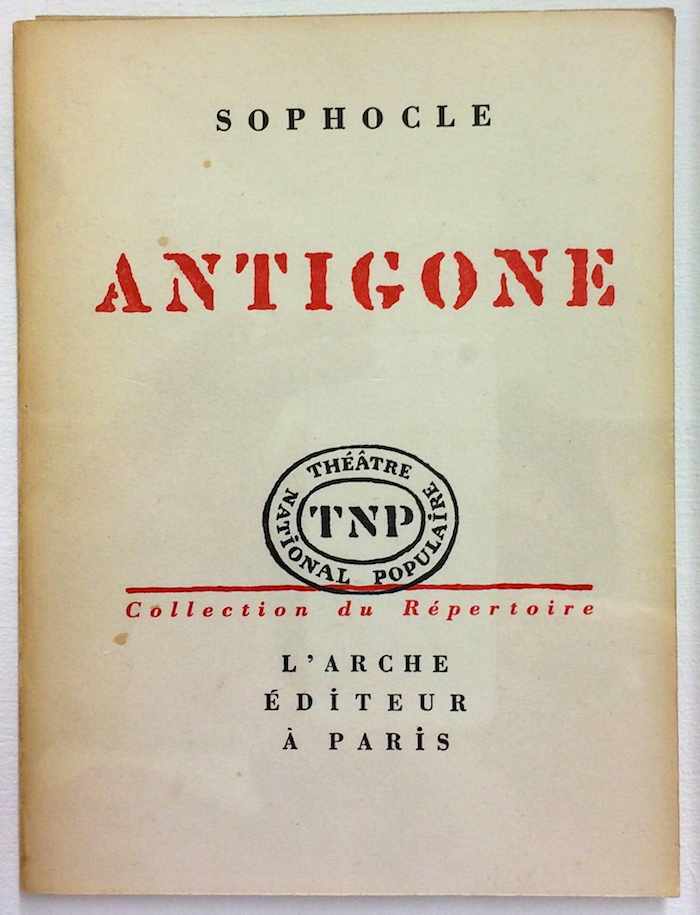
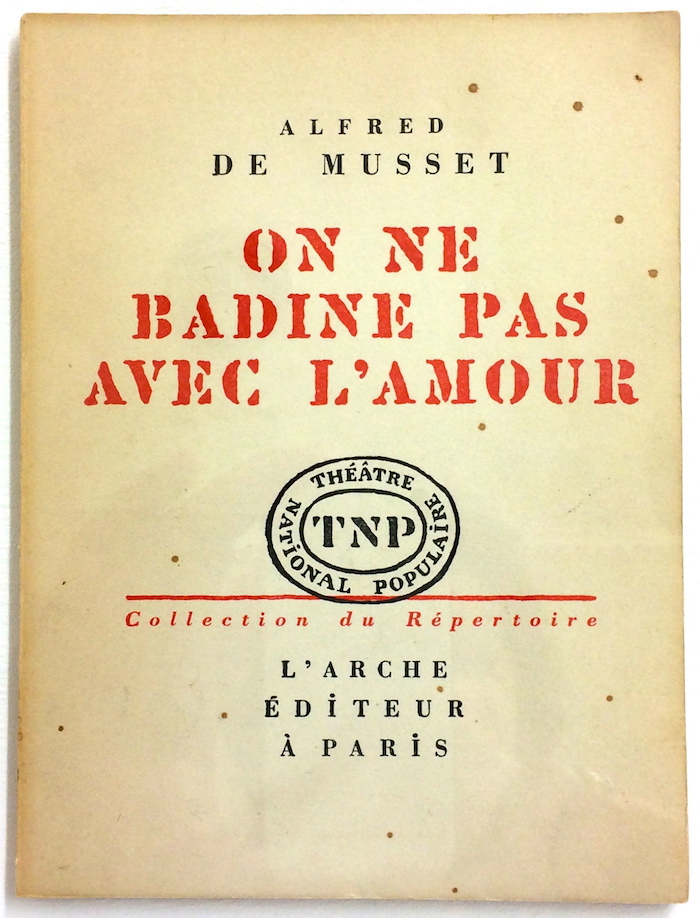
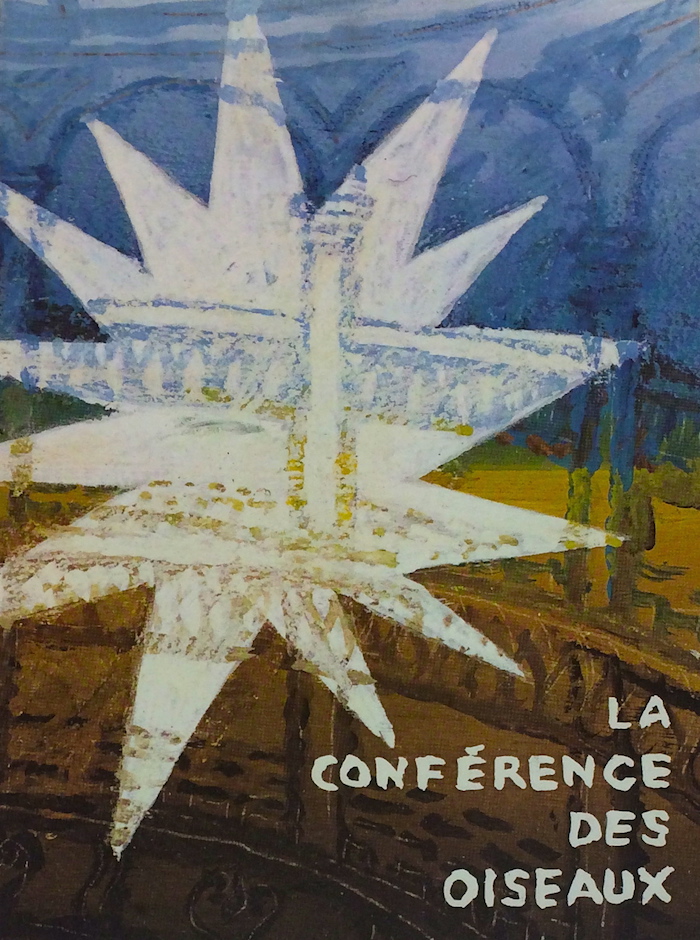
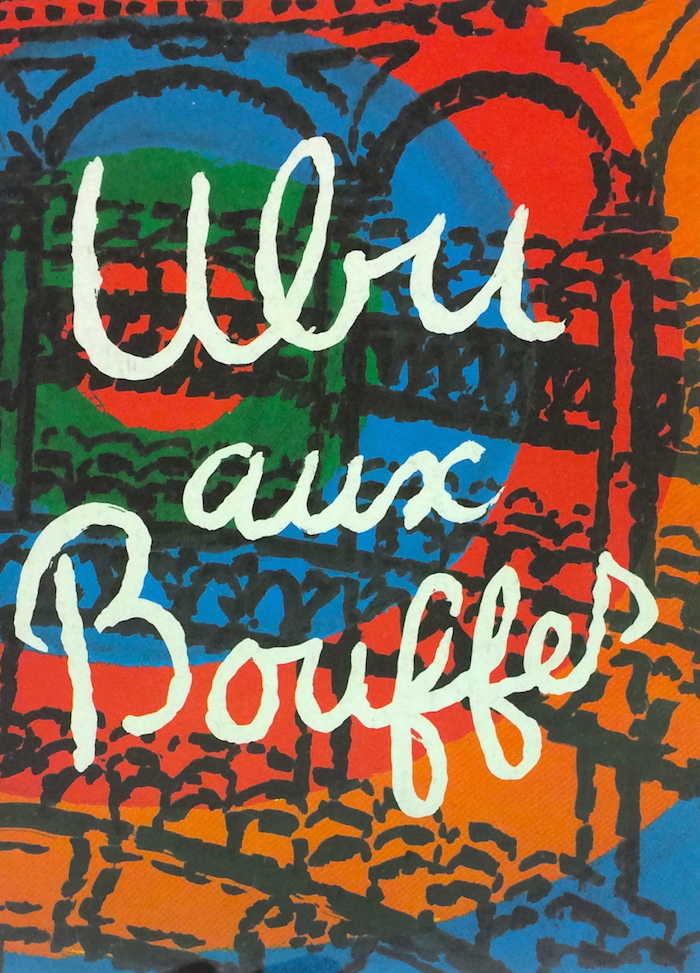


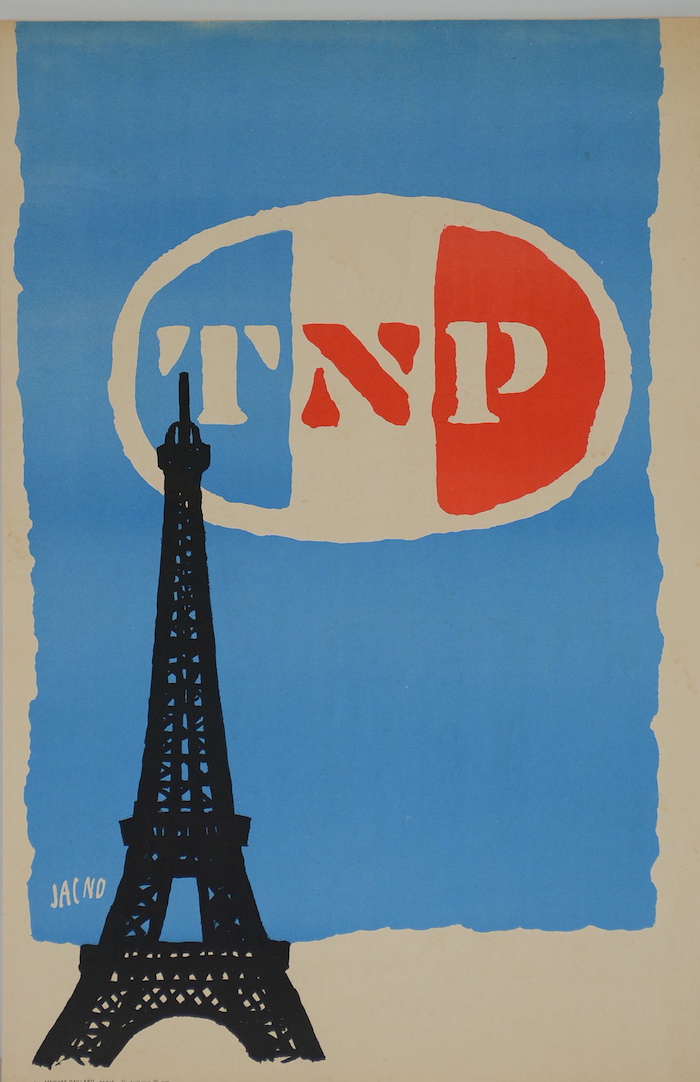

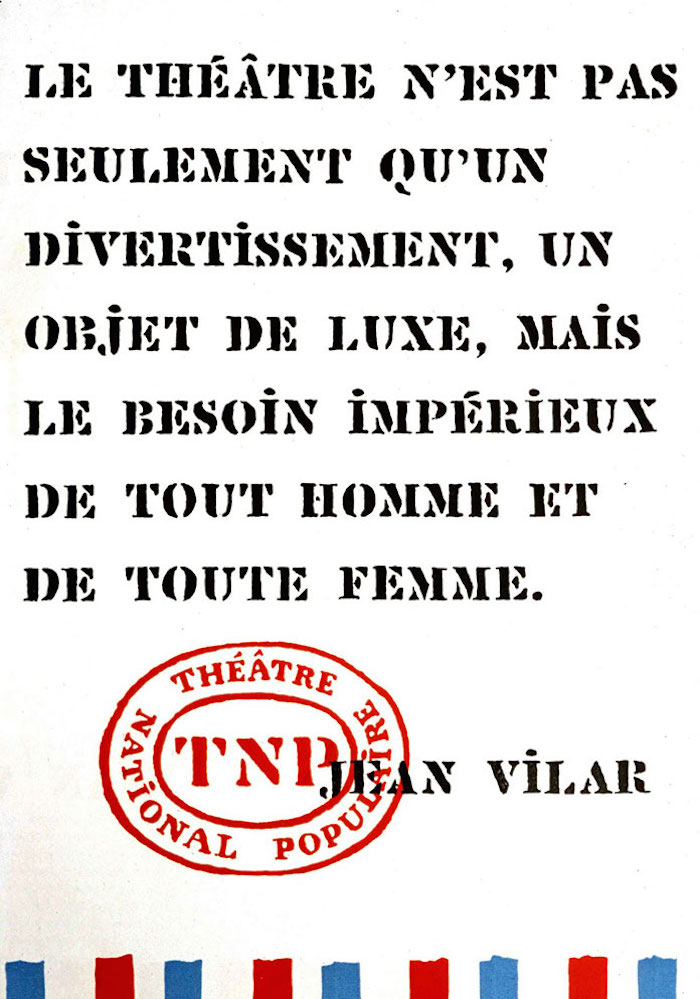
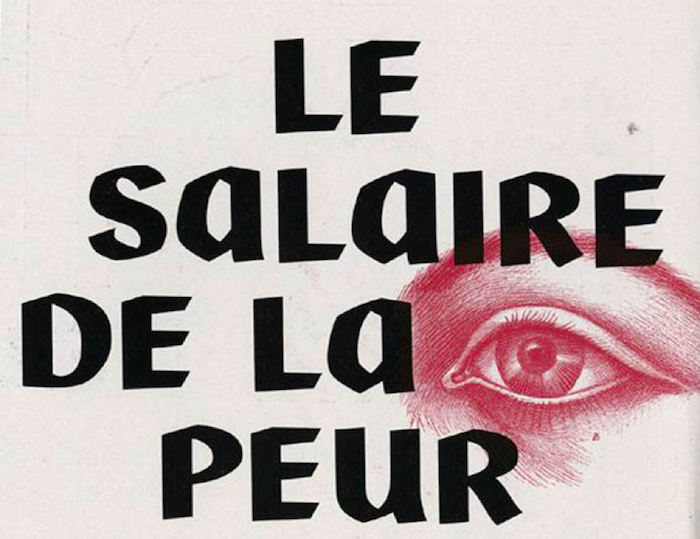
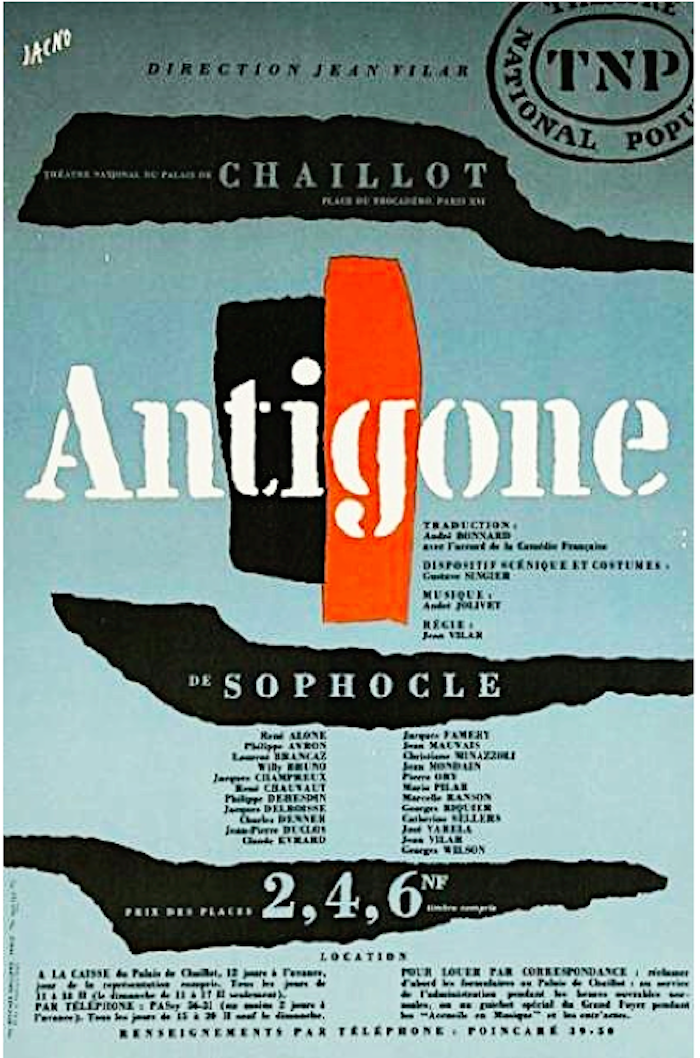
All photos © Fond Eric Pascalis
